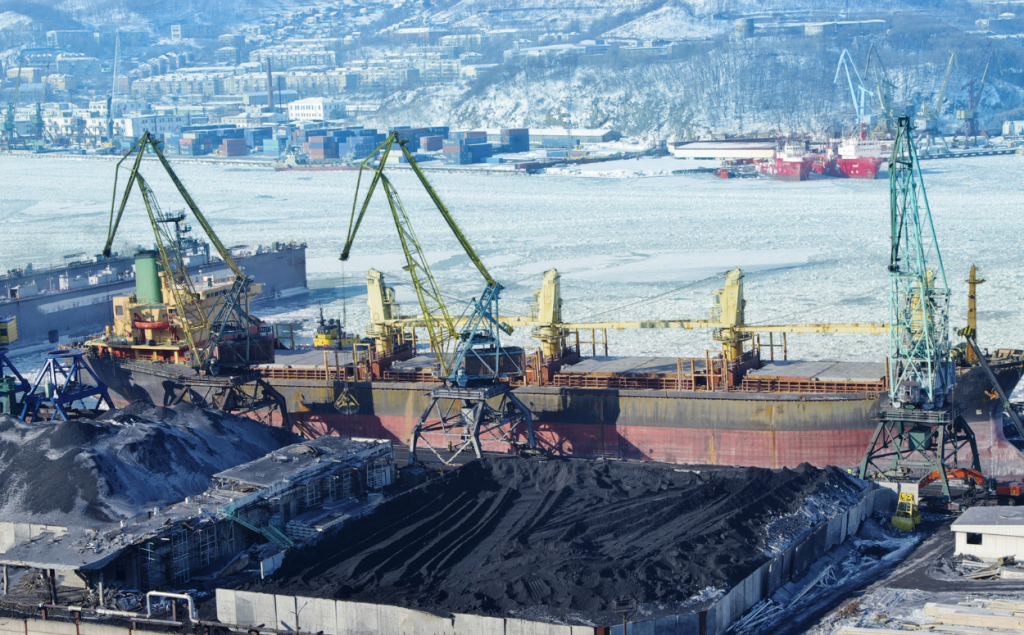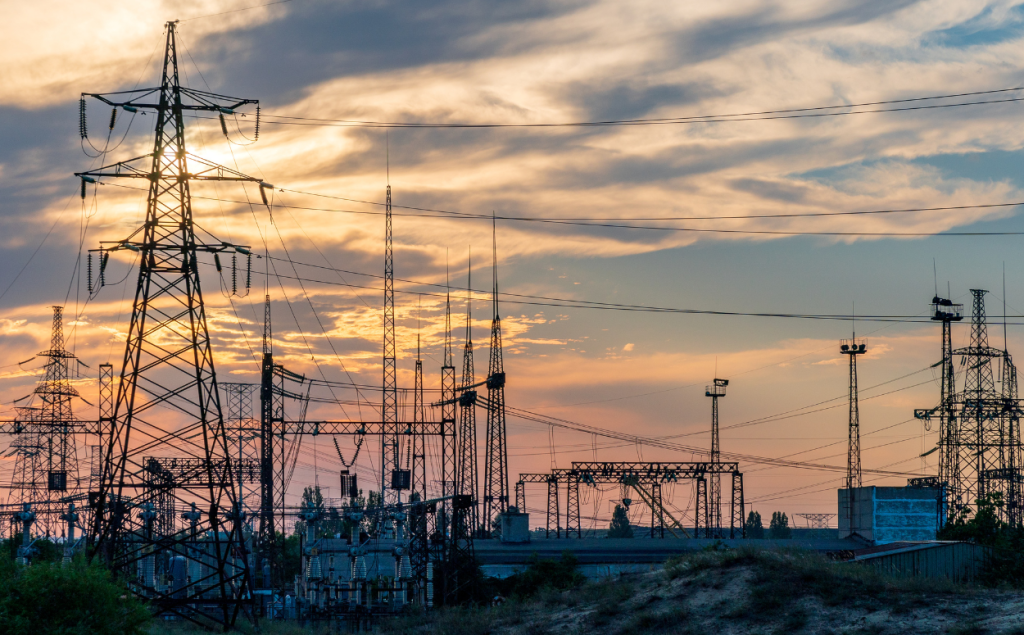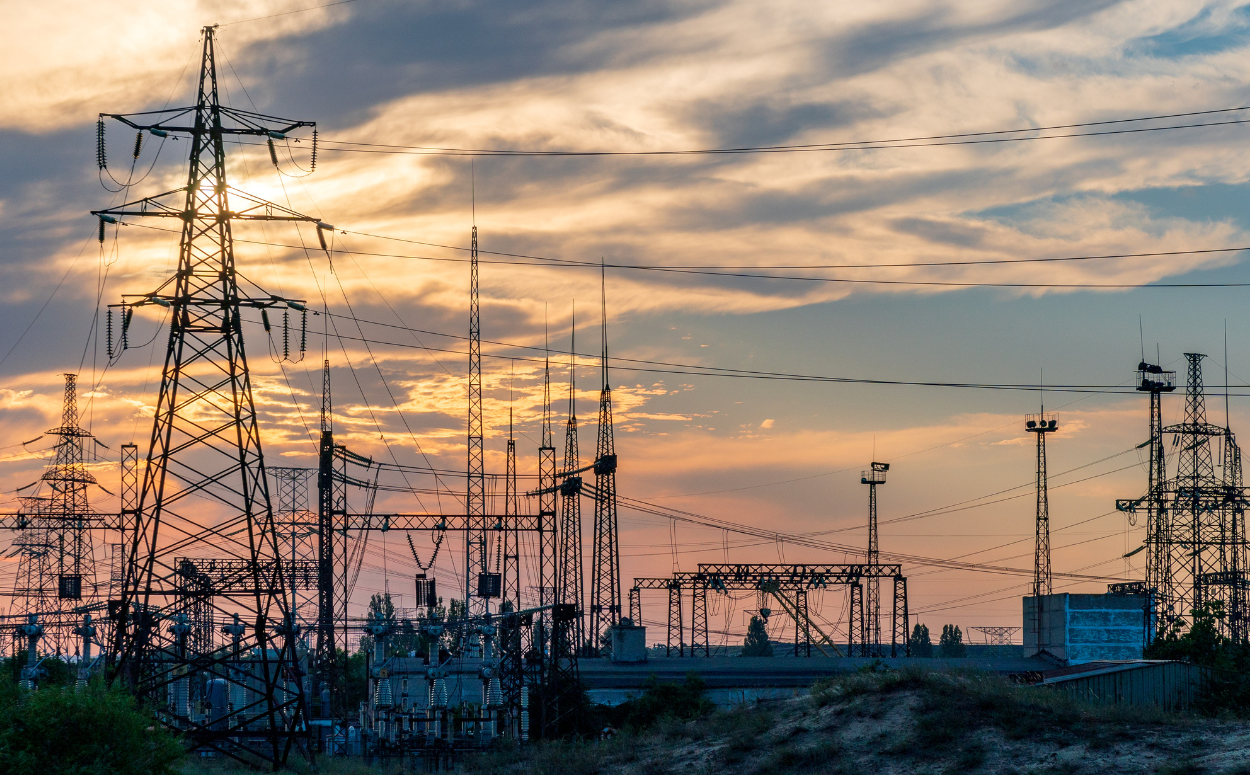Ideal Fulfillment discusses tariffs and 3PL costs. There is certainly a ripple effect. In the ever-evolving world of e-commerce, businesses rely heavily on third-party logistics (3PL) providers to manage warehousing, inventory, and fulfillment. These partnerships are essential for scaling efficiently and meeting customer expectations. But in 2025, there’s a new—and growing—variable in the cost equation: tariffs.
Tariffs aren’t just a political talking point or a line item on a customs form—they have a ripple effect that can deeply impact your fulfillment costs, inventory planning, shipping strategies, and even product design. If you’re running an e-commerce business or managing operations for a brand, it’s more important than ever to understand how tariffs shape your 3PL expenses and what you can do to mitigate those rising costs.

Let’s dive into the hidden—and not-so-hidden—ways tariffs are impacting your 3PL budget in 2025 and what proactive steps you can take to stay ahead.
Table of Contents
What Are Tariffs, and Why Do They Matter for 3PL?
Tariffs are taxes imposed on imported goods, typically to protect domestic industries or enforce trade policies. But whether you manufacture abroad or simply rely on imported materials and tools, tariffs directly affect the entire logistics ecosystem—and therefore your 3PL bill.
Here’s how tariffs sneak into your 3PL-related costs:
- Higher costs of imported packaging, equipment, or inventory
- Increased customs processing and compliance fees
- Longer lead times due to routing changes or port delays
- Warehouse space taken up by delayed or overstocked goods
- Added labor and software costs for classification, reporting, and mitigation
Tariffs touch more than just your product’s landed cost—they reverberate through every touchpoint in the fulfillment journey.
The 2025 Tariff Landscape: What’s Driving Change?
Tariffs in 2025 are part of a larger geopolitical and economic shift. Several developments are making the global trade environment more expensive and less predictable:
1. Ongoing U.S.–China Trade Tensions
After a temporary lull, the U.S. has reinstated and expanded tariffs on a variety of goods imported from China, including electronics, textiles, plastic packaging, and industrial components—many of which are essential to fulfillment operations.
2. Carbon Border Adjustments
The EU and other regions have introduced carbon tariffs, taxing goods based on their environmental impact. This affects imported building materials, packaging, and even electronics used in warehouse automation.
3. Tariffs on Tech & Services
Cloud storage, AI-driven logistics software, and other digital imports are also being taxed in some regions. As 3PLs increasingly rely on tech infrastructure, these costs can trickle down into your monthly invoice.
The Ripple Effect on 3PL Costs
Let’s break down exactly how these tariffs translate into higher expenses for businesses using third-party logistics services.
1. Imported Inventory Costs More—And So Does Storing It
Tariffs drive up the cost of importing goods, whether they’re finished products or components. But here’s the kicker: the impact doesn’t stop at customs.
Because goods are more expensive, you may:
- Stock less inventory to minimize upfront costs
- Or stock more inventory to avoid frequent imports (especially if tariffs are expected to rise)
Either way, your warehouse strategy shifts—often resulting in higher storage fees, overflow costs, or changes in inventory turnover. Some 3PLs charge penalties for underutilized space, while others charge premiums during peak seasons if you’re hoarding stock. Either scenario means you’re paying more for storage than you were before tariffs hit.
2. Packaging Costs Are Increasing
Many e-commerce brands overlook the cost of packaging materials—but they’re often imported. In 2025, tariffs on Chinese-made cardboard boxes, poly mailers, and filler materials are causing a steep rise in the price of packaging.
That translates to:
- Higher pick-and-pack fees, since packaging costs are often bundled into fulfillment pricing
- Additional line-item charges from your 3PL if packaging has to be sourced domestically at higher rates
- A push toward more expensive sustainable packaging to sidestep tariffs on plastics
3. Customs Compliance & Administrative Fees
With more tariffs in play, there’s also more red tape. 3PLs are dealing with:
- Increased documentation requirements
- Product classification verification
- Country-of-origin tracking
- Real-time updates on shifting tariff codes
These aren’t just bureaucratic headaches—they’re labor-intensive tasks. Many 3PLs now charge compliance fees or pass through the costs of working with customs brokers. You might also see fees related to denied party screening, documentation reviews, and customs bond management.
4. Longer Transit Times = Higher Handling Costs
To avoid tariffs, some brands are rerouting shipments through countries with better trade agreements. For example, routing goods through Mexico or Vietnam to bypass Chinese tariffs. But these longer routes can lead to:
- Higher freight forwarding fees
- Additional receiving fees at warehouses due to staggered arrivals
- More complex inventory planning and scheduling costs
Every time goods are handled in a new port or warehouse, 3PLs charge for it—whether it’s palletizing, labeling, repackaging, or just checking for damages.

5. Increased Labor and Software Costs
As fulfillment becomes more complex, 3PLs must invest in better software, tracking systems, and trained personnel to handle tariff challenges. These investments are often passed on to clients in the form of:
- Technology surcharges
- “Value-added service” fees
- Higher minimum monthly spend thresholds
It’s a silent ripple, but over time it adds up—and many e-commerce brands are feeling it in their P&L.
How 3PLs Are Responding (And How That Affects You): Tariffs and 3PL Costs
Forward-thinking 3PLs aren’t just reacting to tariff-driven cost hikes—they’re adapting in strategic ways. That can be good news for you… if you know how to take advantage of it.
1. Nearshoring Fulfillment Networks
To avoid tariffs, many 3PLs are opening or expanding warehouses in countries like:
- Mexico (for duty-free shipping under USMCA)
- Canada (as a bridge to U.S. markets with different sourcing)
- Vietnam or India (to avoid China-specific tariffs)
If your 3PL has expanded into nearshore or tariff-free regions, this could help minimize duties, reduce freight costs, and improve delivery times—all while offering lower storage rates.
2. Offering Compliance Support
Some 3PLs are bundling in customs support, tariff classification, and trade consulting. These added services might seem like extras—but in a high-tariff environment, they can save you thousands.
Pro Tip: Look for 3PLs that offer in-house customs expertise or partner with experienced brokers. It will reduce risk and help you avoid costly errors.
3. Upgrading Inventory and Product Tracking
In response to tariff rules requiring more transparency around origin and composition, many fulfillment providers are now offering:
- Advanced SKU tracking
- Real-time data dashboards
- Origin-level inventory reports
This improves compliance, simplifies reporting, and gives you the tools to optimize around tariff zones.
What You Can Do to Control 3PL Costs in a Tariff-Heavy World
Now that you know how tariffs impact your 3PL budget, what can you do about it?
1. Rethink Your Supply Chain Strategy
If you’re still importing finished goods from tariff-heavy countries, now might be the time to:
- Move assembly to the U.S. or Mexico
- Source raw materials from countries with better trade agreements
- Consider dual sourcing to reduce reliance on any single region
This reduces your tariff burden and gives your 3PL more flexibility.
2. Collaborate Closely With Your 3PL
Don’t treat your 3PL like a vending machine—treat them like a partner. Ask questions like:
- Are there smarter routing options to reduce duties?
- Can we optimize SKUs to fall under lower-tariff classifications?
- Are there packaging alternatives that reduce costs or bypass specific tariffs?
When your fulfillment provider is looped into your tariff strategy, you’ll get better results.
3. Plan for Inventory Buffers
Because tariffs cause delays, it’s wise to build in inventory cushions. This might increase your short-term storage costs, but it will help you:
- Avoid stockouts
- Sidestep expedited shipping charges
- Maintain customer satisfaction
Work with your 3PL to find the sweet spot between cost and buffer efficiency.
4. Audit Your 3PL Contracts
With all the shifting costs, it’s time to revisit your 3PL agreement:
- Are tariff-related surcharges clearly defined?
- Is there a cap on administrative fees?
- What happens if you need to reroute inventory due to tariff spikes?
A quick contract audit can reveal cost-saving opportunities or potential red flags.
Tariffs Aren’t Just a Tax—They’re a Strategy Trigger
In 2025, tariffs are no longer a background concern—they’re front and center in every conversation about fulfillment and logistics. Their ripple effects impact everything: sourcing, inventory planning, shipping, software, and—most of all—your 3PL costs.
But this isn’t just a challenge. It’s an opportunity to rethink your operations, strengthen your supplier relationships, and choose fulfillment partners who offer smarter, more flexible solutions.
At Ideal Fulfillment, we’re actively helping clients navigate the evolving tariff environment with responsive support, smart warehousing strategies, and a commitment to transparent pricing. If you’re feeling the pressure of rising 3PL costs and tariff uncertainty, let’s talk.
The ripple effect of tariffs is real—but with the right strategy and the right partner, you can turn the tide in your favor.
